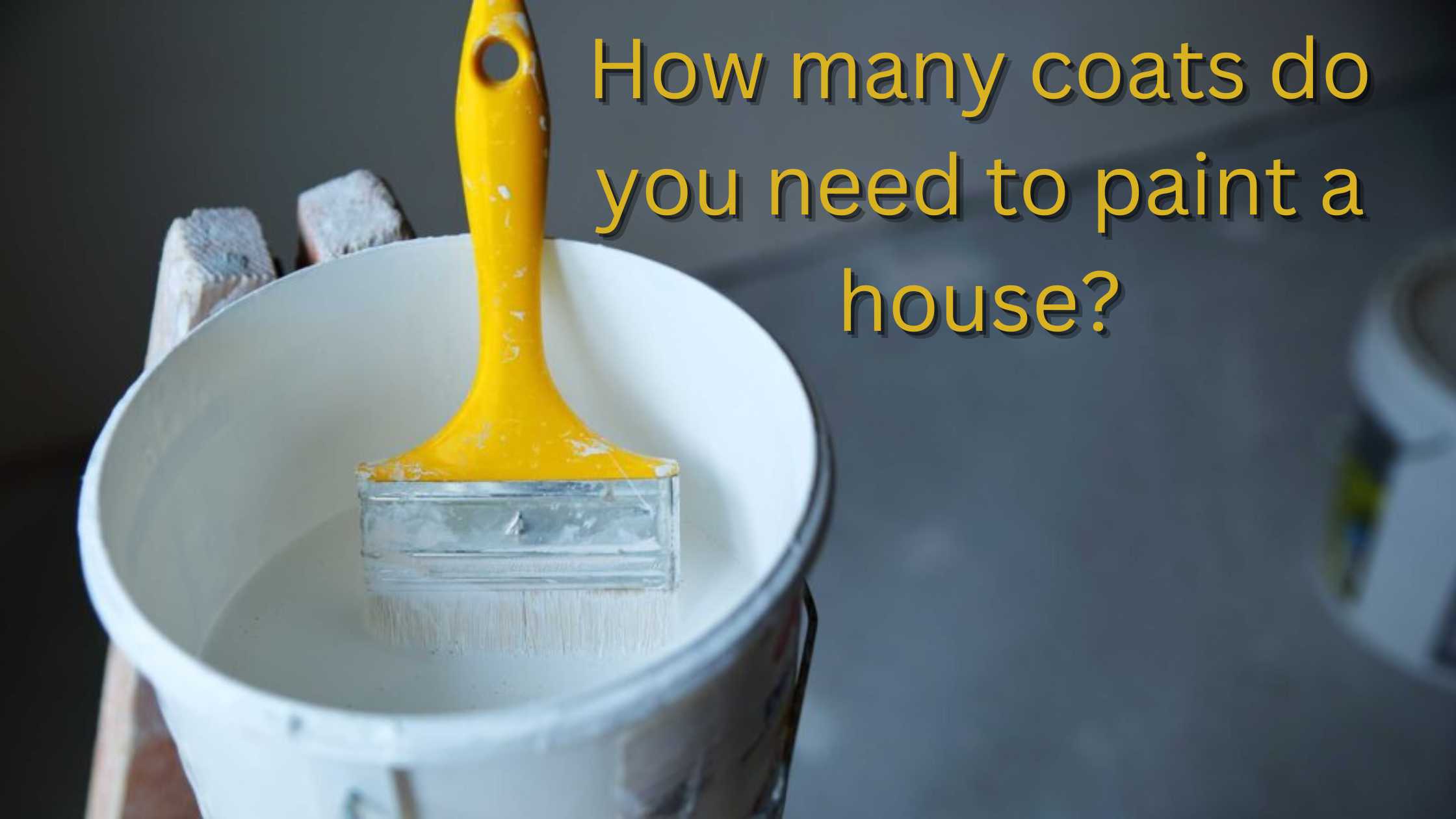Getting the accurate number of coats paint is the necessary part of repainting a home. The correct number of coats can differentiate between a great looking home & a dull one. Many factors can affect the coat required, such as the original and new paint colors. There are also different types of paint, such as water based paint, which dry faster than oil-based products. These factors can make it difficult to know how many coats are needed, but a trained professional can help you make the correct choice.
Typically, professional house painter plan on applying two coats to cover light colors, such as white. In comparison, they plan to apply three coats to cover dark colors, such as dark blue. This is because the dark color has less “body” and is more easily clean. However, if you choose a darker color that is still light, such as light yellow, you may get by with only a single coat.
Professional house painters, like those in Navi Mumbai, generally plan to apply two coats for lighter colors like white, but three coats for darker shades like dark blue due to their lesser coverage. Yet, a lighter dark color, such as light yellow, might require just a single coat for satisfactory coverage.
The thickness of the paint also affect the number of coat required. The thicker the paint, the more solids and resins it has, resulting in a thicker coat that is more likely to stick and hide better. However, some low-quality paints are thin and may need 2 be more visible. More coats are needed, which will add to the project’s cost. Better quality paints will have better pigments, additives, and resins, resulting in a thicker coat.
If you are repainting an interior wall, you can get it by applying just one coat. However, apply a primer coat to the wall first. Using a primer can help you reduce the number of coats you need to apply. For example, if you are painting a smooth, white wall, one gallon of paint will cover 200-300 square feet. You will need at least four hours to let the first coat dry before applying the second.
If you paint an interior wall that is texture, you may need to apply at least two coats. A good rule of thumb is that textured walls need more coats than smooth walls. A thicker coat will also reduce the likelihood of bleed-through.
You can save money by applying just one coat if you have a lower-bid contractor. However, you may be disappointed with the long-term result of that decision. A sprayer will give you a thicker coat than a brush or roller. This can be a better way 2 paint, but it will add to the project’s cost. Using a sprayer will also add to the time it takes to complete the job.
Considering whether to proceed without using a primer before painting? While painting without a primer may save immediate costs, it might lead to unsatisfactory results and increased expenses in the long run due to the necessity of extra coats or reduced durability.
The number of coats required will depend on the color of the new paint and the quality of the old paint. If a paint is a low quality it may not hide well, which will result in additional coats 2 cover the wall. which will affect the labor cost for applying the paint and will increase the project cost.
Understanding the three primary types of paint colors — warm, cool, and neutral — is crucial in determining the ambiance and visual impact of a space, influencing the number of coats required and overall project costs in home repainting endeavors.



